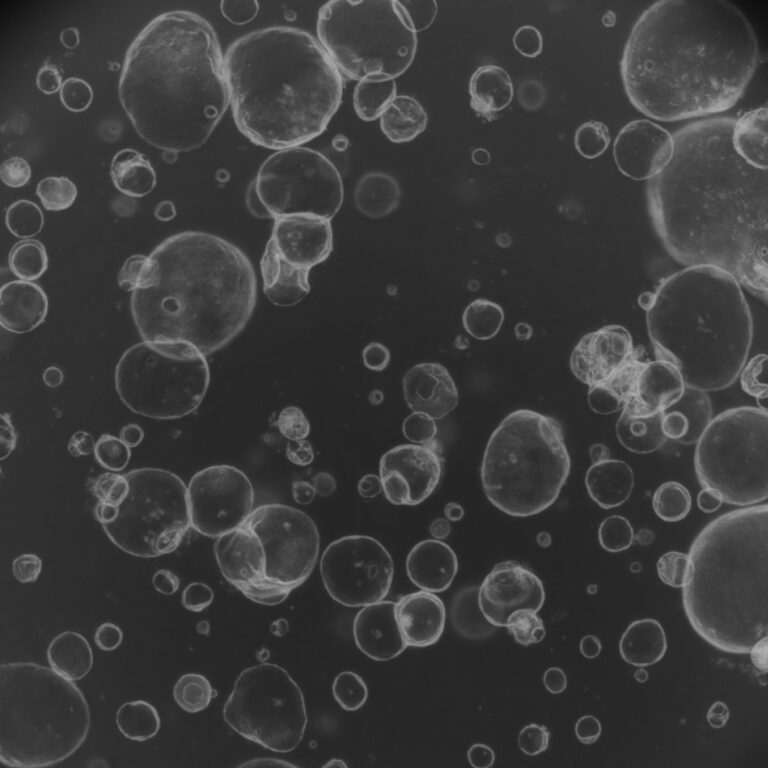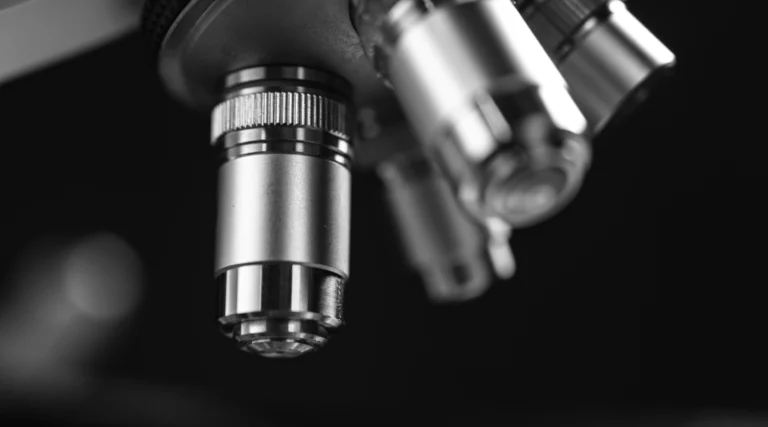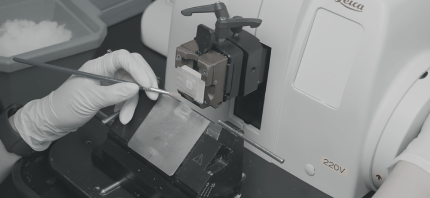Organoids are 3D structures created from human stem cells that mimic the characteristics of specific organs, allowing researchers to study disease mechanisms that are difficult to investigate using animal models. In that case, how can brain organoids offer new insights into the study of cancer and other diseases?
🗯 Brain Organoids and Timothy Syndrome Research :
Timothy Syndrome is a rare genetic disorder characterized by autism, neurological issues, and heart disease, caused by a mutation in the CACNA1C gene that disrupts calcium ion channels in neurons. Traditional animal models have failed to accurately replicate this disease. To address this, researchers extracted stem cells from affected patients and cultured them for 250 days to create brain organoids. These organoids were implanted into the brains of mice, where they integrated with the brain’s neurons, providing a viable model for studying the disease. The research team successfully targeted and removed the mutated calcium channels, allowing healthy channels to function in their place.
🎈 Mini Intestine Organoids and Colon Cancer Research:
The researchers developed a colon cancer model using intestinal organoids designed to manipulate cancer-causing genes in specific areas. To replicate human colon cancer, they injected cancer cells into mice, creating tumors, and conducted experiments to inhibit tumor growth by restricting nutrient supply. The researchers concluded that this model could be valuable for studying how drugs or immunotherapy can effectively destroy tumors.
💡 This research reaffirms that organoids offer a new approach to disease research and have the advantage of potentially replacing or complementing traditional animal models. Most importantly, these models can significantly contribute to drug development and the creation of personalized treatment strategies.




